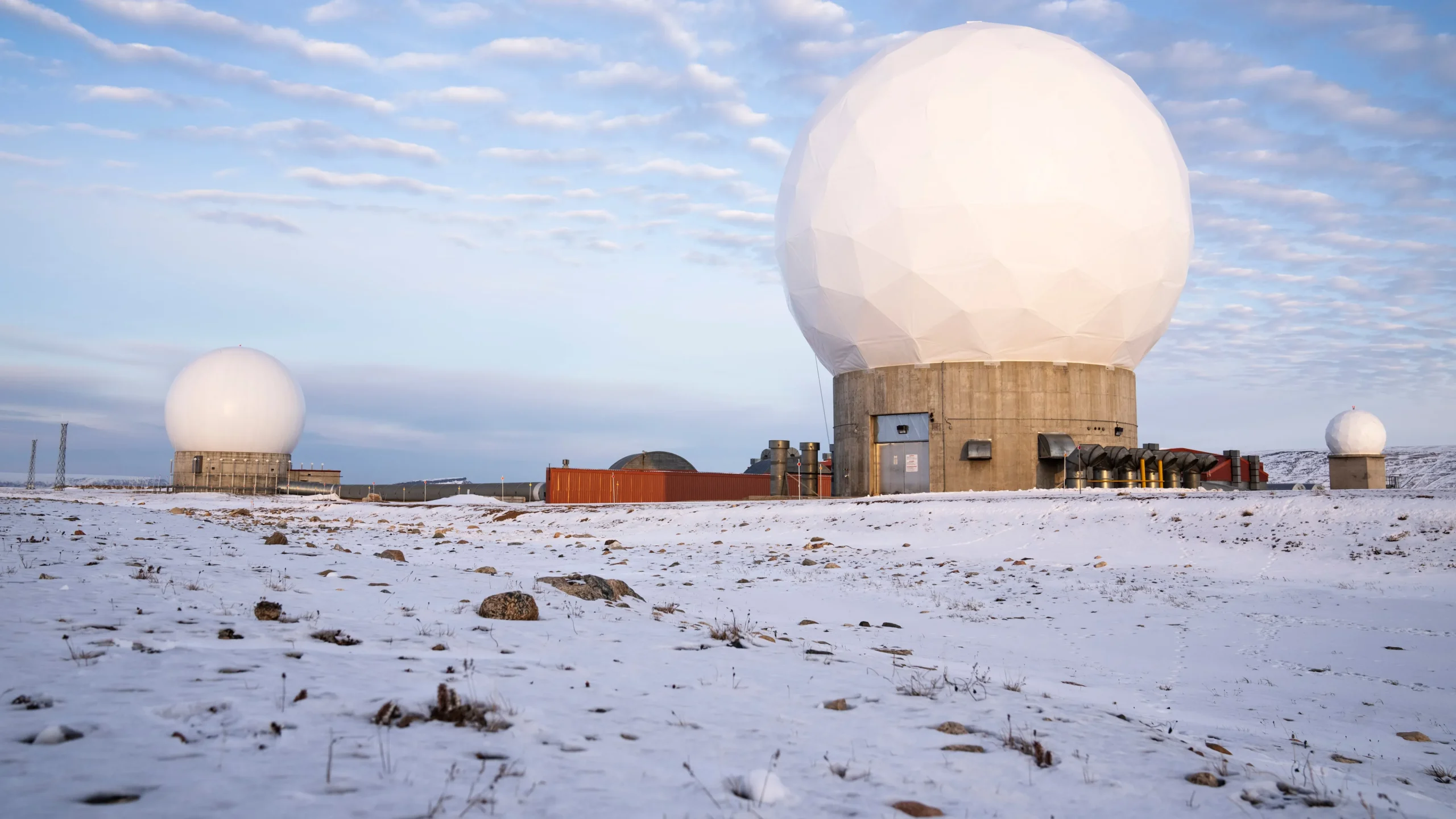“`markdown
Discover the Secrets of Pituffik: America’s Arctic Space Base Unveiled!
Nestled in the remote northwestern region of Greenland, Pituffik Space Base, formerly known as Thule Air Base, has emerged as a crucial military installation for the United States. Established in 1951, this base is strategically positioned above the 76th parallel, making it one of the most isolated military sites globally. Its significance has only grown over the years, especially as geopolitical dynamics shift in the Arctic region.
Historical Background
The origins of Pituffik can be traced back to the aftermath of World War II. In 1946, the U.S. and Denmark collaboratively set up a radio and weather station in the area. By 1951, the military began constructing the base to position long-range bombers closer to potential adversaries, namely the Soviet Union and China. This historical context underscores the base’s vital role in U.S. defense strategies during the Cold War and beyond.
Strategic Importance
Pituffik Space Base serves multiple critical functions for the U.S. military and its NATO allies. It is primarily involved in missile warning, missile defense, and space surveillance operations. The base is equipped with advanced radar systems and satellite technology that allow it to monitor and track potential threats in the Arctic region.
-
Missile Warning: The base plays a pivotal role in early warning systems that alert the U.S. and its allies to potential threats, particularly from the east, such as Russia and China.
-
Missile Defense: It is instrumental in missile defense strategies, ensuring that the U.S. can respond effectively to any hostile actions.
-
Space Surveillance: Pituffik contributes to the U.S. Space Force’s mission of ensuring national security through space-based operations.
Logistical Challenges
Despite its strategic advantages, Pituffik’s remote location presents unique challenges. The base experiences harsh winter conditions, with average temperatures plummeting between 13-20 degrees below zero. These extreme weather conditions complicate logistical operations, including supply and personnel transport. The base is also home to the Department of Defense’s northernmost deep-water port, which is essential for logistical support.
Recent Developments
In a significant move to honor Greenlandic cultural heritage and reflect its evolving role within the U.S. Space Force, the base was renamed from Thule Air Base to Pituffik Space Base in 2023. This change symbolizes a commitment to recognizing the local culture while enhancing the base’s operational relevance in contemporary defense strategies.
Vice President JD Vance is scheduled to visit Pituffik Space Base, highlighting its strategic importance in current U.S. defense initiatives. His visit underscores the U.S. military’s ongoing commitment to maintaining a robust presence in the Arctic, especially as both Russia and China increase their military and economic activities in the region.
International Cooperation
Pituffik operates under mutual defense agreements between the U.S. and Denmark, emphasizing international cooperation in Arctic security. This partnership is essential as the Arctic becomes a focal point for geopolitical discussions regarding sovereignty and military presence. The U.S. has expressed interest in increasing its presence in Greenland, with discussions around potential ownership or expanded military operations in the region.
Scientific Contributions
Beyond military operations, Pituffik Space Base is also involved in scientific research and environmental monitoring. The facility contributes to our understanding of climate change in the Arctic, making it a vital player in both national security and environmental stewardship. The base’s operations help track environmental changes, providing critical data that can inform global climate initiatives.
Future Considerations
As the U.S. military considers upgrades to its defense systems at Pituffik, the focus is on countering emerging threats, such as hypersonic missiles. Experts suggest that new air defense technologies may be required to address these challenges effectively. The need for advanced systems highlights the evolving nature of military threats and the importance of adapting to new technologies.
Conclusion
Pituffik Space Base stands as a testament to the United States’ strategic foresight in the Arctic. Its historical significance, combined with its current military and scientific roles, makes it a critical asset in national security. As global dynamics continue to shift, the base will likely play an increasingly vital role in ensuring the safety and security of the U.S. and its allies in the Arctic region. The challenges it faces, from extreme weather to geopolitical tensions, only underscore its importance in the broader context of international relations and defense strategies.
In summary, Pituffik Space Base is not just a military installation; it is a symbol of the U.S. commitment to maintaining a presence in the Arctic, safeguarding national interests, and contributing to global security and environmental understanding. As we look to the future, the base will undoubtedly remain at the forefront of discussions regarding Arctic security and international cooperation.
“`






Leave a Comment